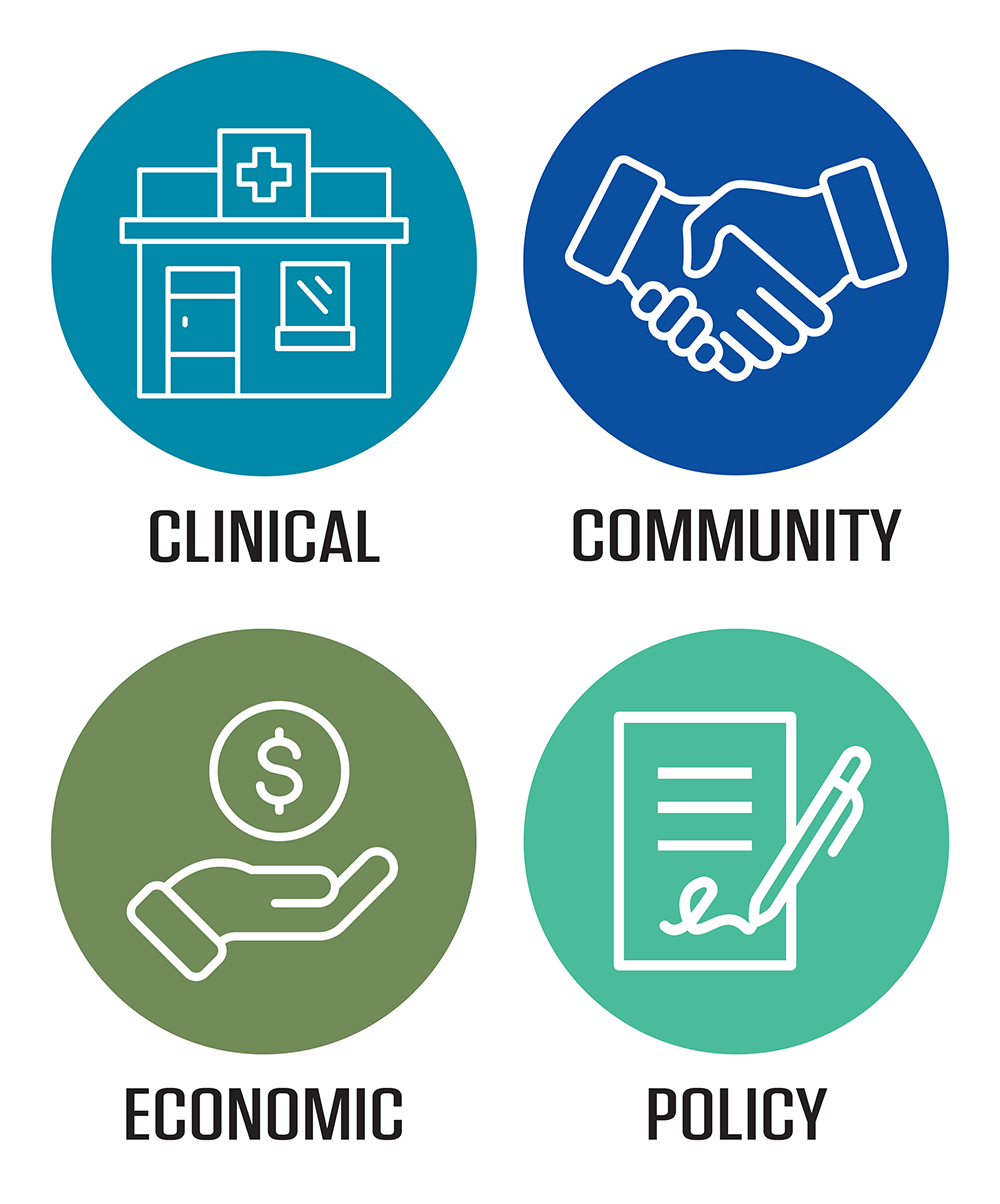- Duffy KA, Gandhi R, Falke C, et al. Psychiatric Diagnoses and Treatment in Nine- to Ten-Year-Old Participants in the ABCD Study. JAACAP Open. 2023;1(1):36-47. doi:10.1016/j.jaacop.2023.03.001
- Brady KT, Killeen TK, Lucerini S. Comorbidity of Psychiatric Disorders and Posttraumatic Stress Disorder. Prim Care Companion CNS Disord. 2000;2(Suppl 2: Editor Choice):3403.
- Paus T, Keshavan M, Giedd JN. Why do many psychiatric disorders emerge during adolescence? Nat Rev Neurosci. 2008;9(12):947-957. doi:10.1038/nrn2513
- de Jong J, Emon MA, Wu P, et al. Deep learning for clustering of multivariate clinical patient trajectories with missing values. GigaScience. 2019;8(11):giz134. doi:10.1093/gigascience/giz134
- Ma Q, Chen C, Li S, Cottrell GW. Learning Representations for Incomplete Time Series Clustering. Proc AAAI Conf Artif Intell. 2021;35(10):8837-8846. doi:10.1609/aaai.v35i10.17070
- Dugré JR, Potvin S. Developmental multi-trajectory of irritability, anxiety, and hyperactivity as psychological markers of heterogeneity in childhood aggression. Psychol Med. 2022;52(2):241-250. doi:10.1017/S0033291720001877
Deep Learning to Identify Adolescent Development Patterns
TRANSLATIONAL SCIENCE BENEFITS MODEL PROFILE










